2022 Salary Survey Results: How today’s trends may impact tomorrow’s future
by carly_mchugh | 2 December 2022 12:52 pm

By Carly McHugh
Each year, we ask our readers to weigh in on their careers and the current state of the industry. Questions range from experience, job satisfaction, and income to company profits and an outlook on the industry. The results usually differ to a degree, compared to the previous year. However, there can be some unexpected surprises.
These answers offer insight on the current state of Canada’s sign industry, as well as provide foresight into what we can expect on the horizon.
The following are the collected results of this year’s 16th annual survey, submitted anonymously, along with the trends they revealed for the past year and beyond. 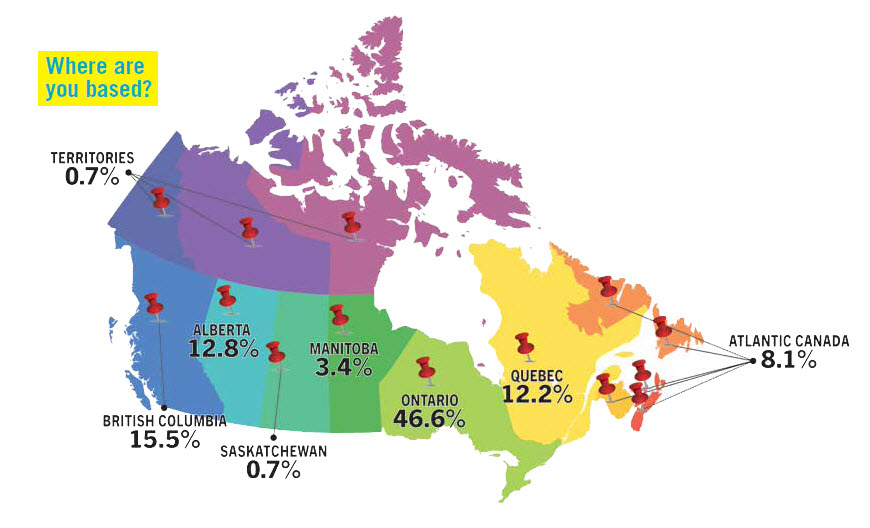
Basic demographics
Responses came in from coast-to-coast, including the territories. Once again, Ontario led the charge, followed by British Columbia, Alberta, and Quebec. The number of respondents from Atlantic Canada was up 2.1 per cent from 2021.
The survey also shows the industry continues to be dominated by men, who represent more than three-quarters of all responses. Similar to last year, the majority of respondents were in the 50-plus age group, while 46.4 per cent were under the age of 50. Those between the ages of 35 and 49 increased to 38.7 per cent, up from 33 per cent in 2021. However, the number of respondents in the 25 to 29 age group fell from five per cent to 1.4 per cent.
The relationship between experience and career path
The survey data shows half of all respondents have at least two decades of experience in the industry. In fact, those who have more than 30 years of experience represented the largest group of respondents (24.3 per cent), as well as the largest increase in responses (+6.3 per cent) compared to 2021. The number of respondents who have been in the industry for less than 14 years saw a 7.6 per cent decrease compared to last year. However, a majority of this decline appears to have come from those who have been in the industry for 10 to 14 years, as the number of those with less than nine years of experience has only fallen by 1.7 per cent.
Based on these results, it is unsurprising the largest increase in tenure was from those who have been with their current company for 30-plus years (16.4 per cent, up from 12 per cent). Further, the number of respondents who have been with their current company for more than 20 years increased from 36 per cent in 2021 to 37.1 per cent in 2022.

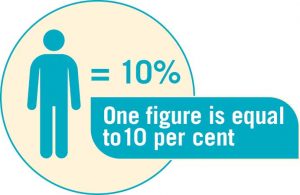 Who are you?
Who are you?
Sign Media Canada provides leaders in the industry with the latest news, products, services, and techniques related to their craft. The magazine has a huge following—from business owners and signmakers to installers and fabricators. Once again, the largest number of respondents selected “owner” as their job description. This was followed by sales executive/project manager and graphic designer. Additional occupations near the top of the list included signmaker/designer/fabricator and office manager. A good number of respondents also had jobs which best fit into the “other” category.
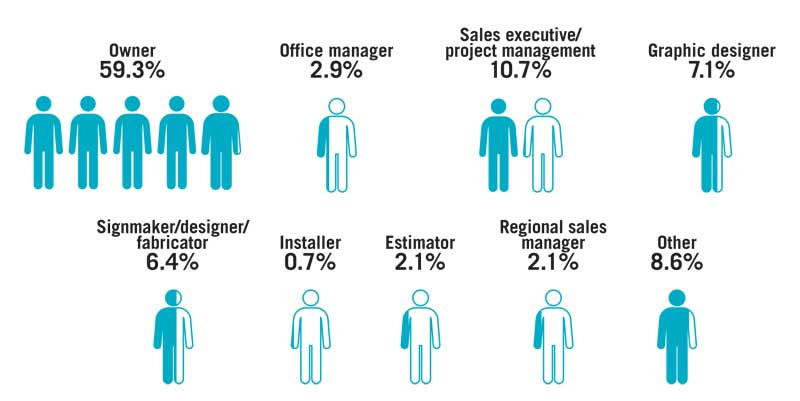
Who makes what?
More than half of the sign industry workers surveyed earn $60,000 or more per year. The number of respondents in this group is up 12.4 per cent compared to last year.
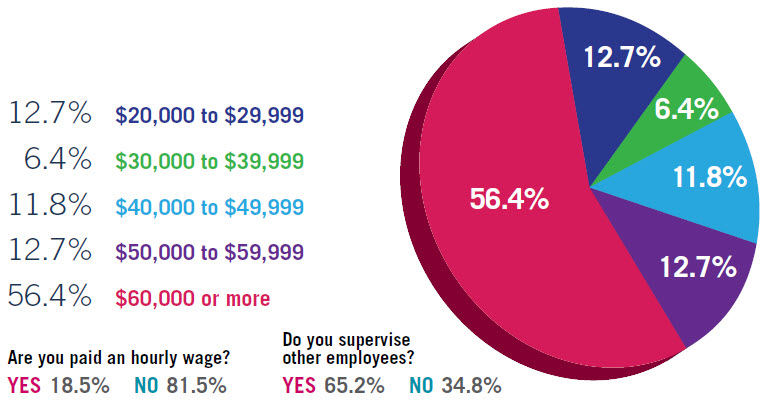
Job satisfaction
This year’s survey revealed 69.6 per cent of all respondents are happy with their jobs, with 43.8 per cent saying they are “more satisfied” and 25.8 per cent saying they are “equally satisfied.”
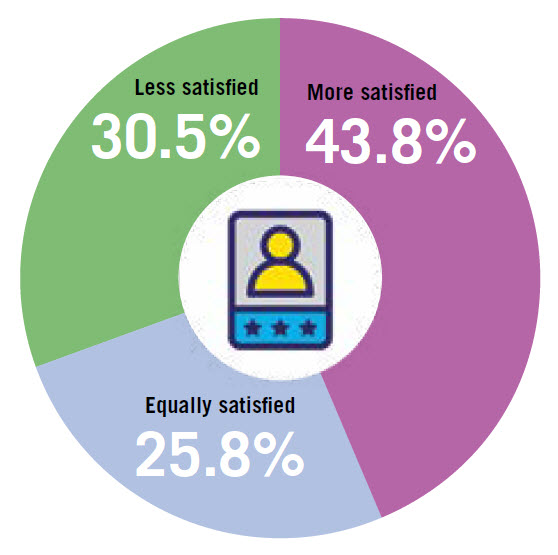
Working hours and benefits
Due to the nature of the business, the sign industry involves many occupations—from installers, fabricators, welders, and electricians to graphic designers, technical drafters, urban planners, permit specialists, sales representatives, and administrative staff. Depending on the project, deadlines, and teams involved, it may be necessary for certain employees to work longer hours. In fact, 43.7 per cent of respondents (the largest group) say they work between 41 and 50 hours per week, while another 25.9 per cent are on the job for more than 50 hours. Further, 22.2 per cent of respondents put in a typical 35-to-40-hour work week.
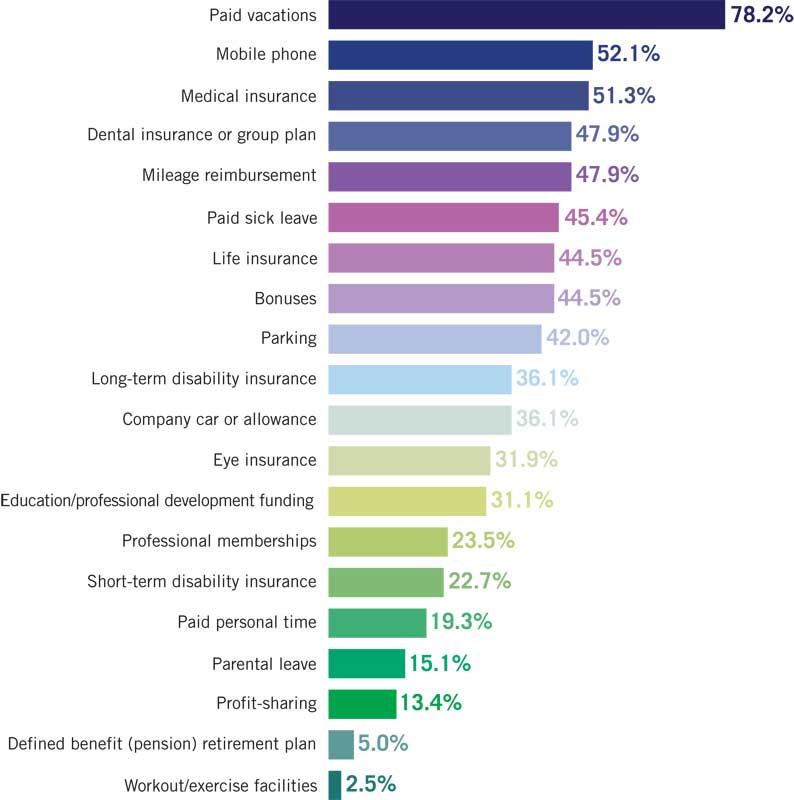
Company profiles
The companies surveyed were just as diverse as the professionals they employ with respect to size and areas of specialty. Economic uncertainty and the increasing cost of supplies continues to impact the industry; however, signmakers remain optimistic. When asked what the approximate annual revenue of the business was this year, the top-three answers were $1 to $3 million, $250,000 to $500,000, and less than $250,000.
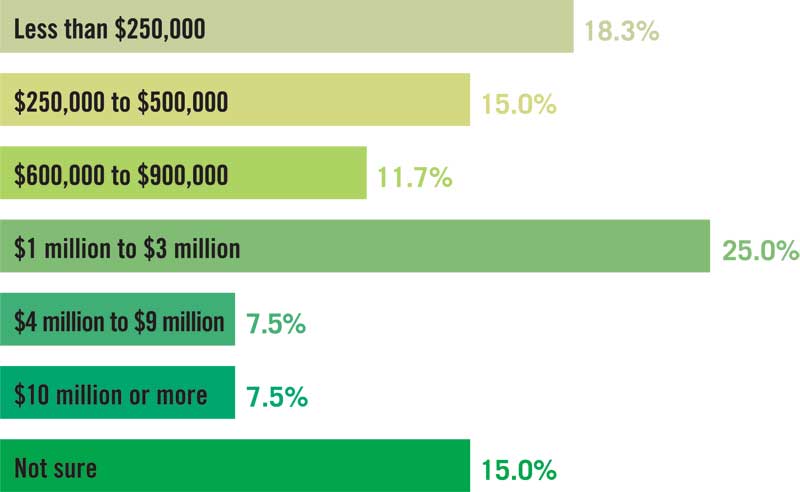
Industry associations
Professional associations help to connect similar businesses in the sign industry which all abide by a set code of ethics. These not-for-profit groups promote the welfare of the industry and the status of members in the community, as well as benefit the users of signs. The traditional boundaries of the sign industry have expanded due to advancements in technology and the evolution of the marketplace. Industry associations help members share knowledge with others by providing insight, guidelines, and, in some cases, industry best practices and standards. As a result, it can be helpful for companies to join these professional associations. Currently, 62 per cent of respondents are members of the Sign Association of Canada (SAC), while 38 per cent are members of the International Sign Association (ISA). Additionally, memberships to the Association Québécoise de l’Industrie de l’Enseigne (AQIE) and Letterheads have increased by 3.9 per cent and 2.1 per cent, respectively.
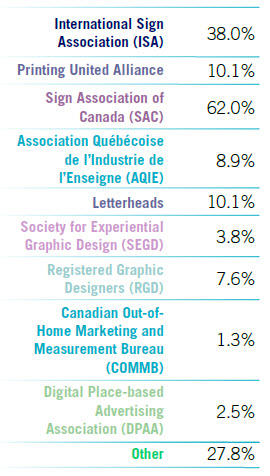
Key areas of business

Staff size

- [Image]: https://www.signmedia.ca/2022-salary-survey-results-how-todays-trends-may-impact-tomorrows-future/gender-2/
- [Image]: https://www.signmedia.ca/2022-salary-survey-results-how-todays-trends-may-impact-tomorrows-future/age-2/
Source URL: https://www.signmedia.ca/2022-salary-survey-results-how-todays-trends-may-impact-tomorrows-future/
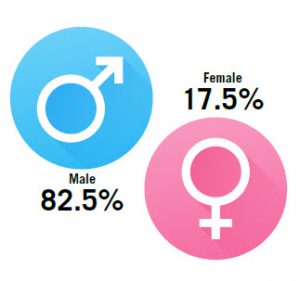 [1]
[1]
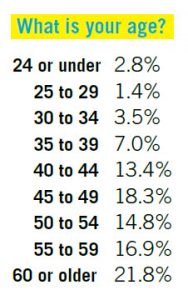 [2]
[2]